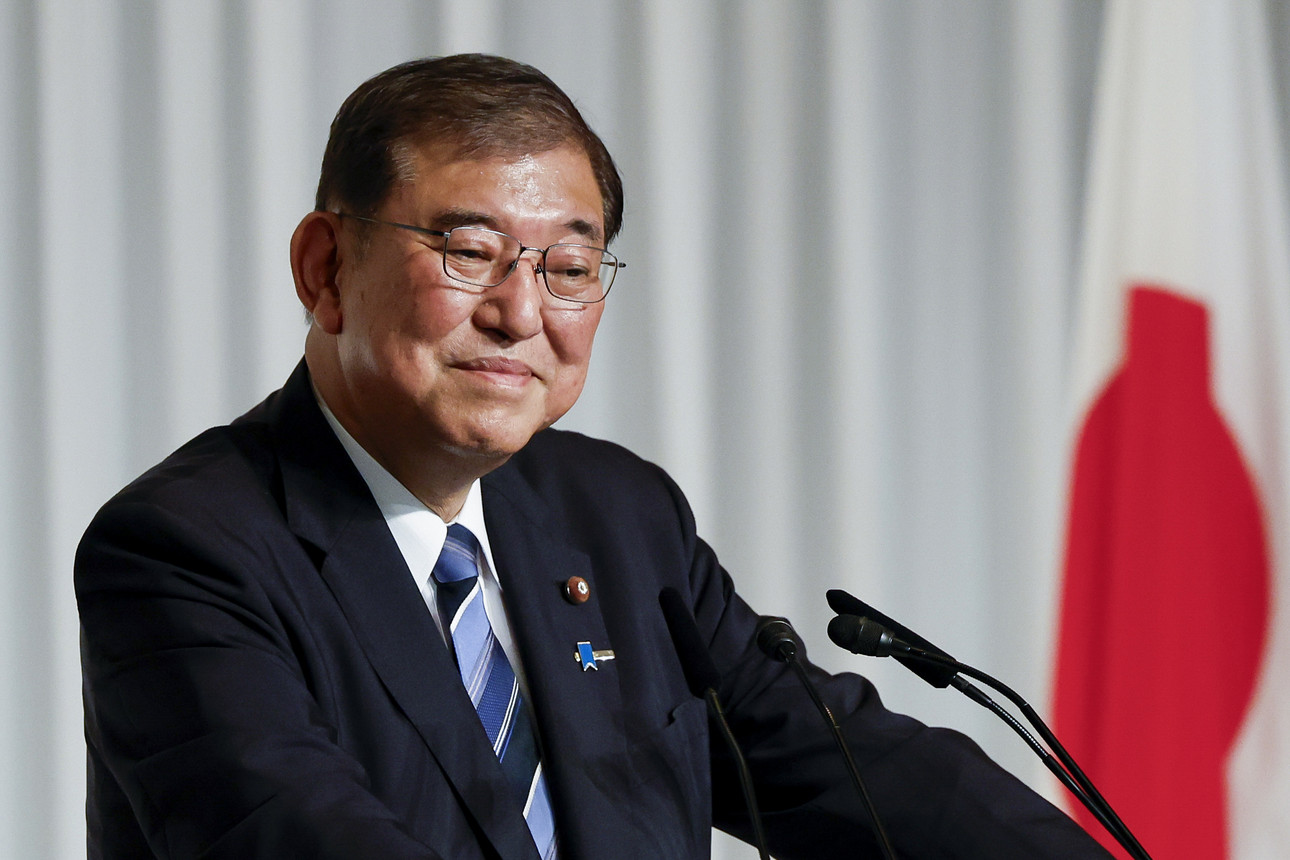Shigeru Ishiba Elected as Japan's 102nd Prime Minister
~ By Sujeet Rawat
Oct 1 2024, 04:34 PM

On October 1, 2024, Japan’s parliament officially elected Shigeru Ishiba as the country’s 102nd prime minister, marking a significant shift in leadership after Fumio Kishida stepped down from his post earlier the same day. Kishida’s resignation followed a period of declining public trust and scandals that plagued his administration, clearing the way for Ishiba, the leader of the Liberal Democratic Party (LDP), to take charge.
Ishiba, a veteran politician and former LDP secretary-general, was chosen to lead the party on September 27 and is now tasked with navigating Japan through a time of both domestic and international challenges. Addressing the need for a fresh public mandate, Ishiba announced plans to call a snap election, aiming to secure the people's judgment on his leadership. However, opposition parties were quick to criticize the short timeframe for policy debate before the upcoming election.
As Kishida and his Cabinet officially stepped down, Kishida acknowledged the difficult period the country is facing. He expressed hope that the new administration would tackle critical issues, including Japan’s declining birthrate, population concerns, and the deepening global political divide. "Japan’s future will be pursued powerfully by the new Cabinet," he said.
Ishiba’s Cabinet is expected to consist mainly of ministers unaffiliated with the dominant factions within the LDP, particularly those tied to former Prime Minister Shinzo Abe. This decision may signal a desire to move away from factional politics, but it could also mean Ishiba lacks a stable power base, which might make his government vulnerable in the upcoming election. Commentators from major Japanese media outlets have suggested that uniting the party will be crucial if Ishiba hopes to maintain support.
READ| The Rise and Fall of China's Copper Mogul: Wang Wenyin's Journey
A key element of Ishiba’s political vision includes strengthening Japan’s security in the face of regional threats. He has proposed an Asian version of the NATO military alliance, aimed at reinforcing security cooperation among Japan, the U.S., and other regional partners. This proposal comes in response to growing security concerns, including North Korea's missile tests and China’s increasing assertiveness. In previous statements, Ishiba emphasized the need for a balanced management of U.S. military bases in Japan and a greater role for Japan’s Self-Defense Forces in regional security.
Ishiba also pledged to continue the economic policies initiated by Kishida, focusing on tackling inflation and driving growth. He acknowledged the economic difficulties the country faces and vowed to implement measures to counteract the declining birthrate and population challenges while pushing forward reforms.
The LDP, which has governed Japan for the majority of the post-World War II era, remains in a delicate position after recent corruption scandals eroded Kishida’s popularity. Ishiba’s more centrist approach is seen by many as a potential strategy to regain public confidence and lead the party to victory in the forthcoming national election.
ALSO READ| Julian Assange: Choosing Freedom Over Justice in a Historic Legal Battle
Ishiba’s experience is extensive—he was first elected to parliament in 1986 and has held various key positions, including Minister of Defense. He now faces the immense task of leading Japan through a turbulent period, with both domestic reforms and international diplomacy weighing heavily on his administration.
[Disclaimer: This article is based on publicly available information and does not constitute legal or political advice. Readers are encouraged to seek independent verification for detailed analysis of political developments.]
Recent Posts
Trending Topics
Top Categories
QUICK LINKS
Copyright © 2024 Arthalogy.com. All rights reserved.
